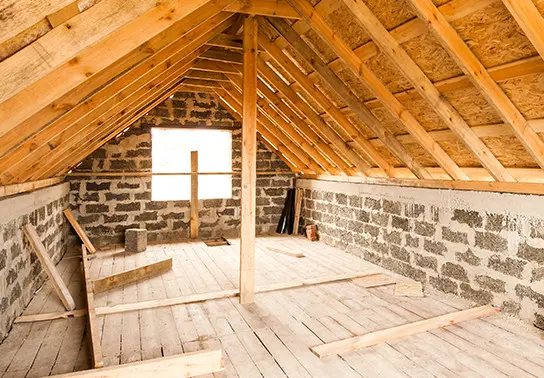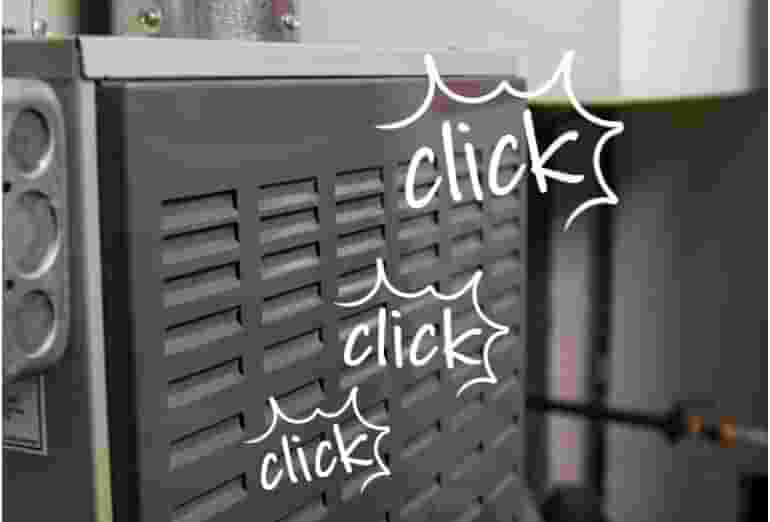Test Your Tile
Before you start chipping away with your chisel and hammer, check how the tile is secured to the wall. Ideally, you will encounter mortar and grout. Check this by finding a tile that is behind an appliance or that is not easily noticed. Carefully remove it from the wall to see how it has been secured. Once you confirm it is mortar and grout, continue the backsplash removal process outlined below.
If there is no mortar consider yourself lucky. Some imitation “tile” is installed in sheets with adhesive backing. If this is the case, simply tear the sheets of the wall. Be careful not to damage the wall if you’re not installing a new backsplash.
Collect Your Tools
To remove your tiles, you will need:
- a chisel
- hammer
- putty knife with a stiff blade
- stud finder
- sanding block with 120-grit sandpaper
- spackle or repair putty
You may not need the sanding block or repair putty depending on how much damage is left from pulling the tiles off your wall.
You will also need to cover your counters and sink with cardboard or plastic to ensure you do not damage your countertops or get any pieces of tile in your garbage disposal.
Carefully Remove Tiles
First, use the stud finder to locate a stud and mark this as your starting point. If you start with a tile situated over a stud, you have a lower chance of pulling drywall off. Next, use your chisel and hammer to carefully remove the tiles from the wall. Use the end of the chisel and hammer to pry off the tiles between the backer board and the tile. Once you clear a starting section, use the putty knife and hammer to get behind the pieces of tile. Depending on the tile and mortar, you may need to use the chisel for this entire process.
Repair the Walls
After removing the tiles, you may have some excess mortar or grout on your wall. You may also spot some damaged drywall. This is when the sanding block and spackle come in handy. Fill in any damaged areas with the spackle, allow to fully dry, and then sand the area. If you’re applying a new backsplash you can skip any cosmetic repairs, but will need to patch any large holes (bigger than a tennis ball).
Your Local Backsplash Removal Pros
If you need backsplash removal, installation or repair services, Mr. Handyman is ready to help. Call today or request service online.
Contact Mr. Handyman Today.
All Mr. Handyman franchises are locally owned and operated and may offer fewer or more services than those listed here. To learn more about kitchen backsplash removal offered in your area, contact your local Mr. Handyman for details or a customized on-site assessment.
Kitchen Backsplash Removal FAQs
Mr. Handyman has been helping homeowners repair, maintain, and enhance their spaces for over 25 years! We are the one-stop solution for everything on your to-do list. This includes answering your questions about home repairs, maintenance, and improvements. Here are answers to some of your most frequently asked questions about kitchen backsplash removal.
What tools are best to use for removing a kitchen backsplash?
There are several reasons you may want to learn how to remove a tile backsplash in your kitchen. The backsplash could be damaged or outdated, or you could be tackling a complete remodel. Regardless of why that backsplash has to go, learning how to remove a backsplash with the least effort and damage requires patience and the right tools.
- Safety glasses to protect your eyes from tile and grout debris.
- Thick gloves to protect your hands from shards and sharp edges.
- Vacuum cleaner to keep the work area free of debris during the removal.
- Hammer and pry bar for removing tiles or other kitchen backsplash material.
- Putty knife to get into tight spots where the pry bar may cause damage.
- Caulk removal tool to remove caulk without causing damage to counters and cabinets.
- Screwdriver to remove switch plates and outlet covers.
If you're learning how to remove a tile backsplash and are experienced with power tools, consider using a grinder or Dremel with a grout removal blade. You don't need to remove all the grout, just enough to break the bond between tiles. Scoring the grout makes removing a tile backsplash much easier and with minimal damage.
How do I remove adhesive residue from the wall after removing the tiles?
Most kitchen backsplashes are secured with thin-set mortar, adhesive tile mats, or mastic. It's okay if you aren't sure which adhesive was used for your backsplash because learning how to remove backsplash adhesives is simple. All you need is a putty knife, hairdryer, dish soap, water, and maybe a commercial adhesive remover. Follow these steps to remove adhesive residue for the best results.
- Use a putty knife to scrape off as much of the adhesive as possible.
- Heat the remaining layer with a hairdryer to soften the adhesive and scrape it again.
- Use a sponge to wash the area with warm, soapy water to break down the remaining adhesive.
- Wipe down the area with a damp cloth to remove the soap residue and adhesive.
- Use a commercial adhesive remover designed for walls if the adhesive won't come off with the above methods.
Can I remove a backsplash from a countertop without damaging the counter?
When learning how to remove a kitchen backsplash, it's essential to understand how to prevent damage to counters, cabinets, and adjoining walls. If you damage the wall, you can repair it with a drywall joint compound or replace the sheetrock. But if you damage the counter, you could be looking at expensive repairs or replacements.
Before you begin working, lay a towel on the countertop to catch debris that can cause scratching and other damage. When removing the caulk where the backsplash and countertops meet, work slowly using a utility knife and peel away the caulk gently. You may want to use rubbing alcohol to soften old caulk before removing it.
You'll need to determine if the backsplash is secured to the countertop and wall or only the wall. If the backsplash is glued to the wall only, removing it without damaging a countertop is simple—cut out the caulk and pry the backsplash from the wall. But if it's adhered to the countertop, learning how to remove the tile backsplash without damaging countertops can be challenging. In this situation, it's best to consult with a service professional.
How long does it take to remove a kitchen backsplash?
Removing a tile backsplash can take several hours or longer if you're just learning how to remove a backsplash. Depending on the size of the tiles, how they were secured, and other factors, avoiding sheetrock damage makes the process slow. If you don't want to spend hours chipping away and risk excessive damage, don't try to save the drywall. Drywall damage is almost inevitable when removing a kitchen backsplash, plus you'll have to remove the adhesive. Instead, save time and effort when you cut out the drywall, tile and all, and install new sheetrock.
What type of backsplash is easiest to remove?
Tile is one of the most popular kitchen materials, and removing a tile backsplash is one of the most tedious projects you can tackle. The work requires the correct tools, know-how, patience, and elbow grease. If you want to install a backsplash that is easy to remove, peel-and-stick materials are the solution. Here's why.
- Peel-and-stick backsplashes can be removed easily by softening the adhesive with a hair dryer.
- Self-adhesive tile can be easily cut and trimmed for a customized installation.
- The tiles can be secured to the wall without messy grout.
- Peel-and-stick backsplashes are typically less expensive than traditional tile.
- Self-adhesive materials come in a nearly endless array of looks and designs, from traditional subway tile to natural stone to mosaics.
 Click to call
Click to call


 Click to call
Click to call
